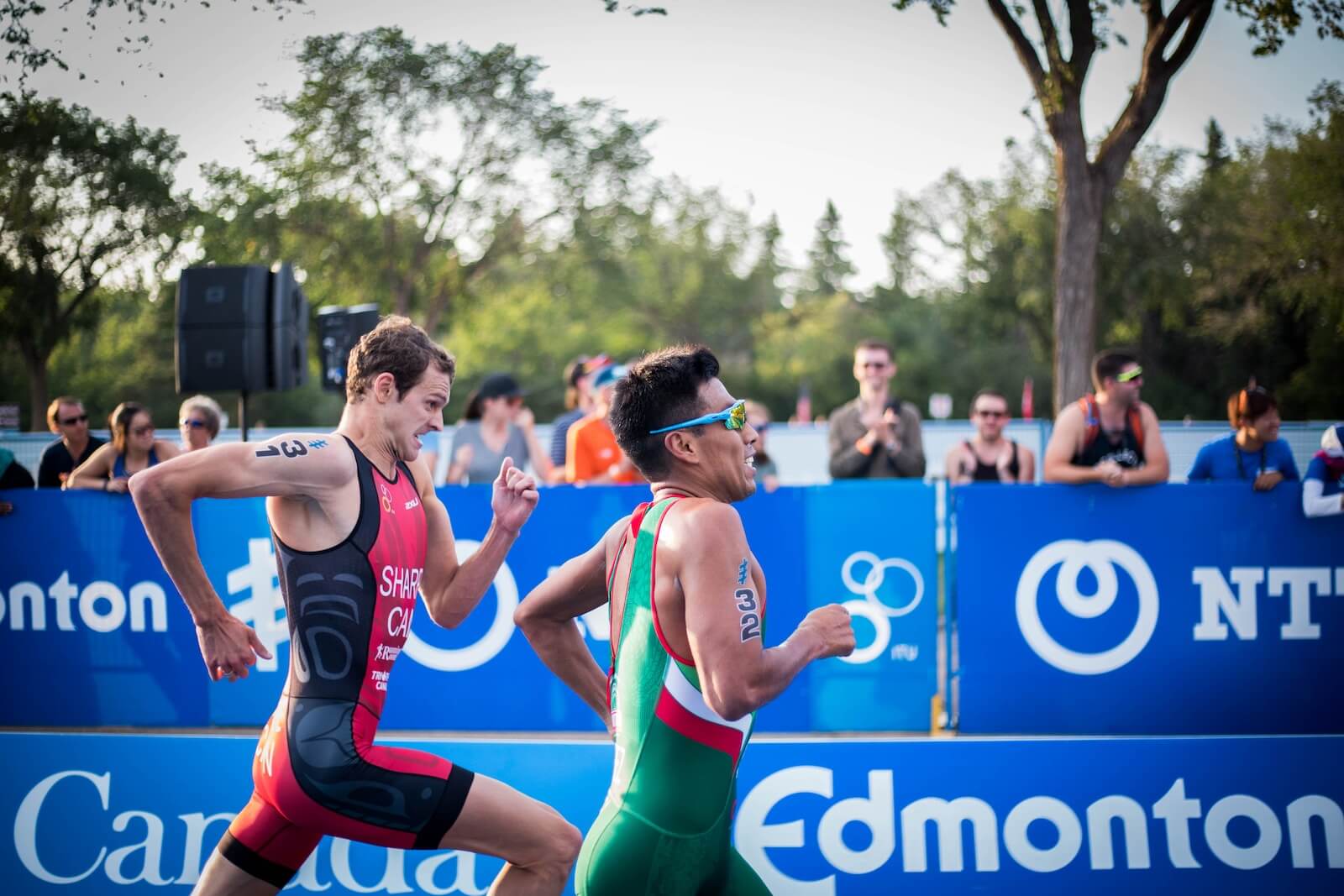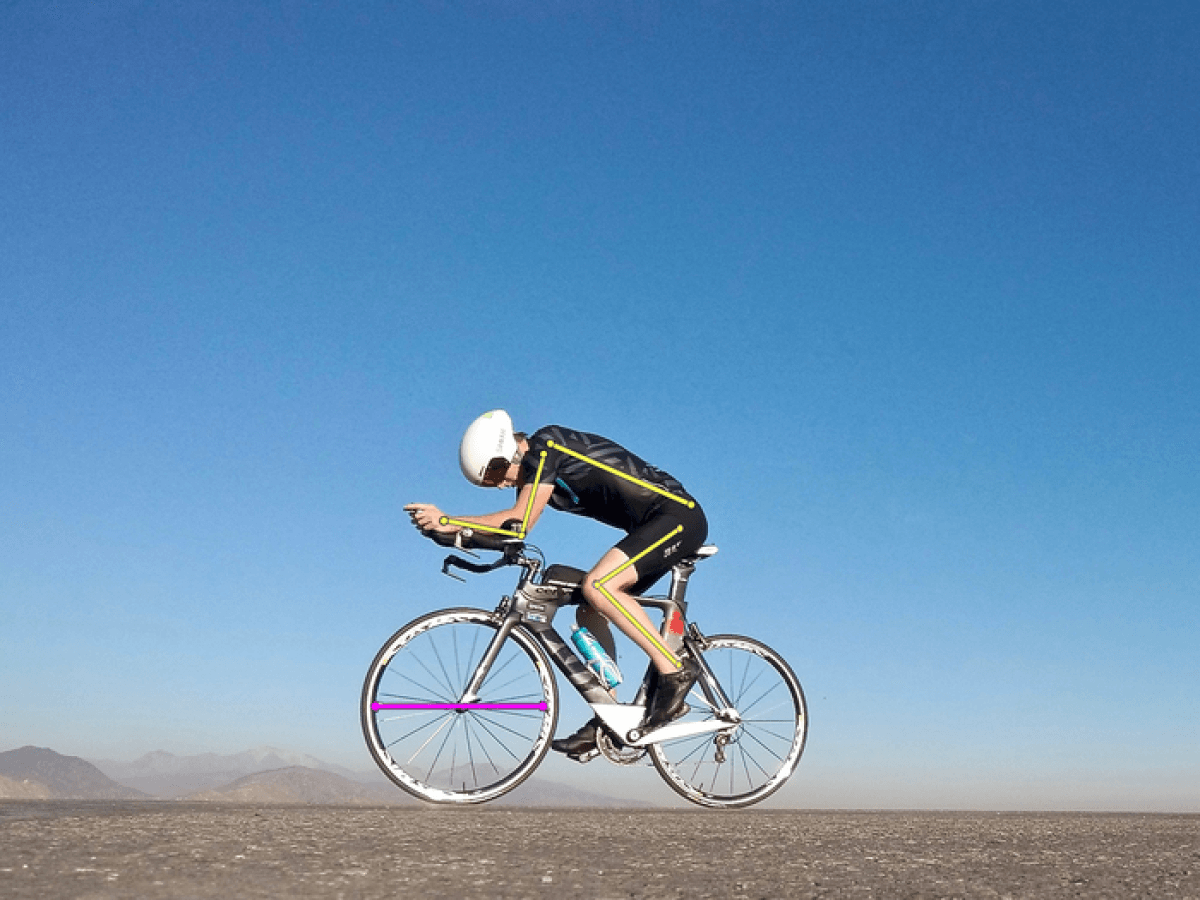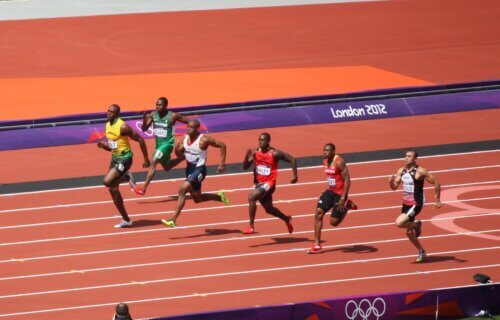HANOVER, N.H. — The era of the shorter professional athlete could be ending due to global warming, a new study explains. While there are plenty of examples of talented athletes well under six feet, like soccer megastar Lionel Messi and baseball legend Yogi Berra, researchers at Dartmouth have found that climate change is favoring taller, leaner athletes — like track and field great Usain Bolt.
The findings are based on an analysis of nearly 200 Ironman competitors over two decades. Performance, specifically in endurance running, displayed a link to how an athlete’s physique adapted to dissipate or retain heat. Runners with longer limbs thrived in hot weather, while those with shorter and stockier builds, similar to an NFL running back, performed better in cold conditions. This research is the first to propose that human physiology may adapt to climate to enhance performance.
“This study demonstrates that variation in running performance among male triathletes aligns with both Bergmann’s and Allen’s rules,” says lead author Professor Ryan Calsbeek of Dartmouth College.
“This suggests that global patterns of temperature and climate may have shaped human body types and their performance. The patterns that determine differences in body shape among species globally may also influence performance in Ironman triathlons and other endurance sports,” Calsbeek continues in a university release.
Named after 19th-century biologists Carl Bergmann and Joel Asaph Allen, these rules postulate that an animal’s overall body size and the length and thickness of their limbs correspond with the climate. Species adapted to cold climates tend to have bulkier bodies with thicker, shorter limbs to minimize heat loss. In contrast, their counterparts in hotter climates have sleeker builds to cool down efficiently.
However, these rules have been murkier when it comes to humans. A handful of mid-20th-century studies suggested a connection between physiology and climate, with people from cold or high-altitude regions having proportionally stockier builds.
Scroll down to see some of the greatest short athletes of all-time

A recent British study of 2,600 soccer players found that they have been progressively getting taller, lighter, and more angular since the 1970s, thereby replacing the former key attributes of power. This shift could impact recruitment as scouts evaluate young players’ physique along with their technique.
Prof. Calsbeek examined 171 triathletes who competed in at least two Ironman events — one in a hot location and one in a cold climate — between 2001 and 2021. The plethora of photos allowed digital software to measure the competitors’ morphology based on pictures from the cycling portion of the competition.
Although bikes vary in size, their wheel diameters are uniform, which provided Prof. Calsbeek with a standard for measuring athletes from photos. As a former Ironman contestant himself, he opted to study the triathlon because its varied events offer a natural control for studying how physiology determines performance.
Swimming is an activity humans are not evolutionarily developed to excel in, and cycling is technology-assisted. An individual’s performance in these events can be compared against their running skills to understand the influence of body type further.
“A triathlon is an excellent system to study because there’s one event, running, that we know is significant in human evolution, and two events — swimming and cycling — that are not, providing a natural control,” Calsbeek explains. “Male triathletes showed the most significant difference in performance based on physiology, and the effect was most prominent in the run.”
Triathlons, such as Ironman and Norway’s Norseman competition, exemplify human endurance. Competitors undertake nearly 150 miles of running, swimming, and biking in grueling conditions. However, basic ecological rules that help determine the winner may be in play long before contestants leave the starting line, as revealed in the new study, published in PLoS ONE.

The advantage applies to men, not women
The absence of a significant effect of physiology on female triathletes’ performance could be due to evolutionary factors.
“This effect is likely seen only in males because natural selection acted on running performance in males to be persistence hunters,” the study author suggests.
His inspiration came after observing that the three-time winner of the Norseman triathlon, Allan Hovda, was stockier and shorter than one might expect of a victorious triathlete.
“I wondered if there was something about body shape that allowed him to perform better in the cold and considered the role temperature might play for this one individual who doesn’t resemble your standard endurance athlete,” Prof. Calsbeek explains.
The findings suggest that aspiring endurance athletes may want to consider competing in climates for which their physiology is naturally suited.
“This study included a broad sample of athletes to account for motivation and training, but the link between performance and physiology was statistically significant despite these factors,” Calsbeek concludes. “Those seeking a personal best time might consider race locations and average temperatures to choose a venue based on how their body type is adapted to perform.”
Great ‘short’ athletes in sports history
- Tim “Rock” Raines (5’8″) – Baseball
- Yogi Berra (5’7″) – Baseball
- Joe Morgan (5’7″) – Baseball
- Kirby Puckett (5’8″) – Baseball
- Phil Rizzuto (5’6″) – Baseball
- Manny Pacquiao (5’5 1/2″) – Boxing
- Floyd Mayweather Jr. (5’8″) – Boxing
- Barry Sanders (5’8″) – Football
- Maurice Jones-Drew (5’7″) – Football
- Bruce Lee (5’8″) – Martial Arts
- Jeff Gordon (5’8″) – Racing
- Lionel Messi (5’7″) – Soccer
- Diego Maradona (5’5″) – Soccer
- Pelé (5’8″) – Soccer
South West News Service writer Mark Waghorn contributed to this report.

